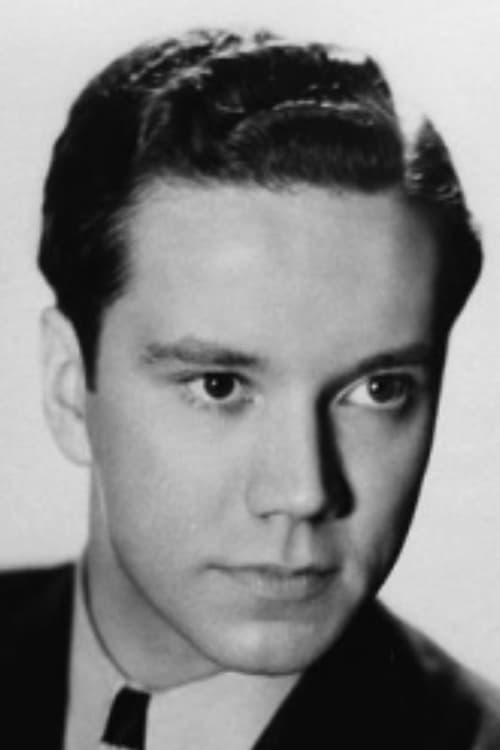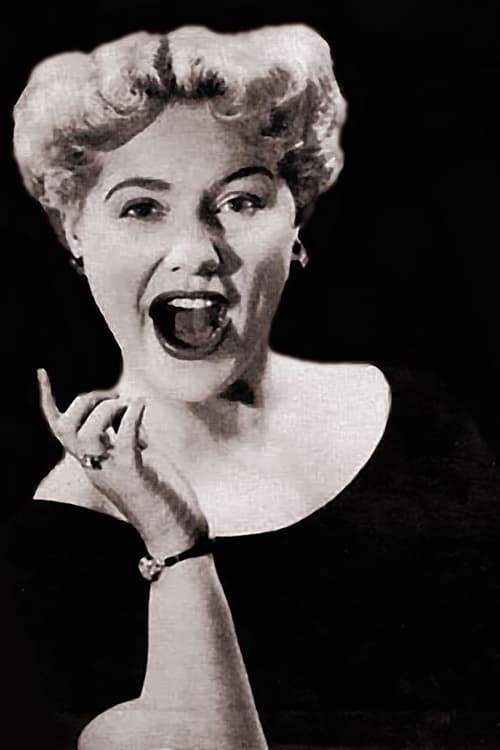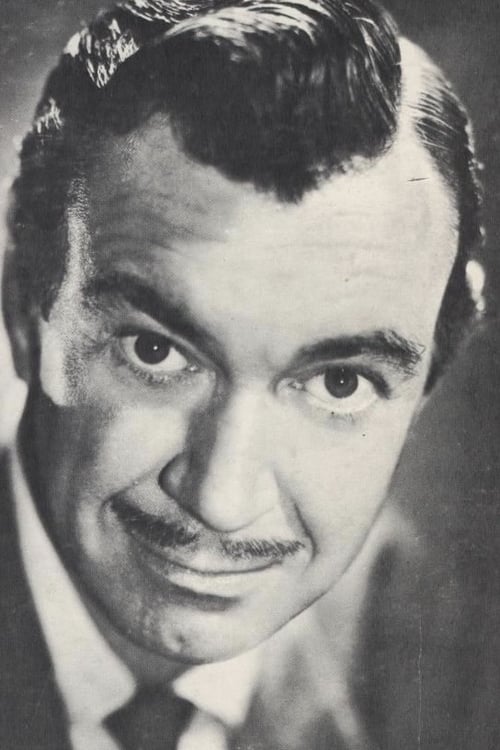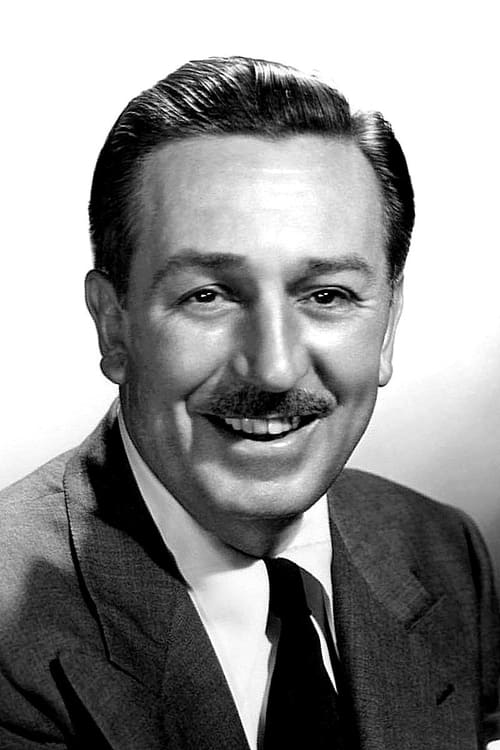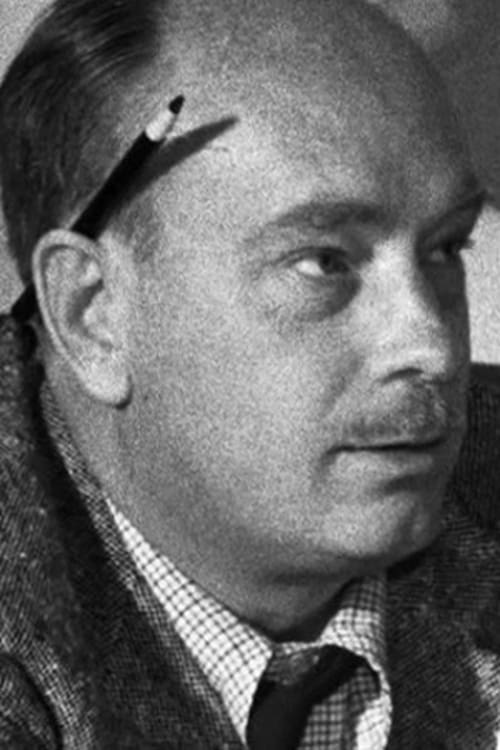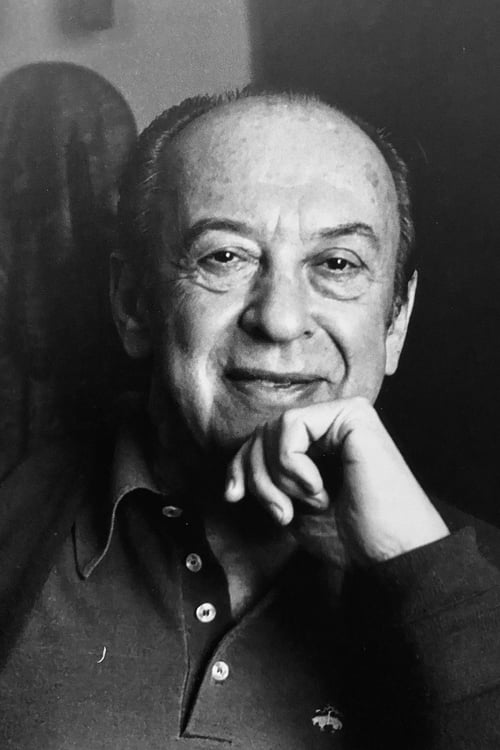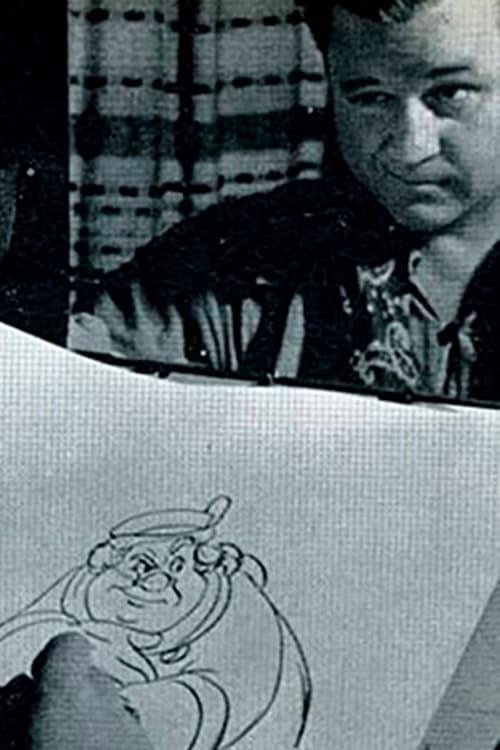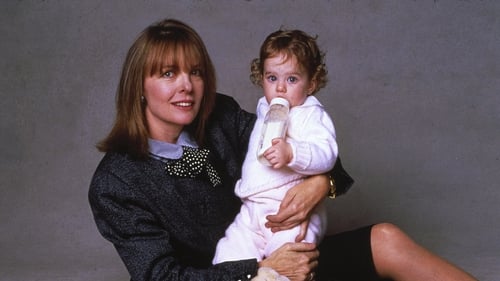Toot, Whistle, Plunk and Boom (1953)
A crash course on the history of Western musical instruments.
Genre : Animation
Runtime : 10M
Director : Ward Kimball, Charles A. Nichols
Synopsis
In this short subject (which mostly represents a departure from Disney's traditional approach to animation), a stuffy owl teacher lectures his feathered flock on the origins of Western musical instruments. Starting with cavepeople, whose crude implements could only "toot, whistle, plunk and boom," the owl explains how these beginnings led to the development of the four basic types of Western musical instruments: brass, woodwinds, strings, and percussion.
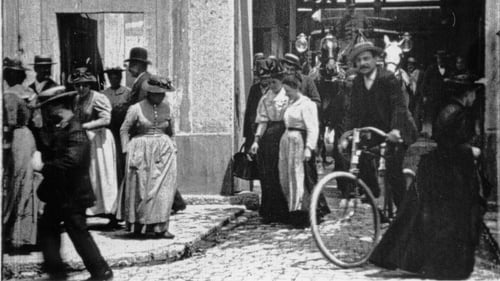
Working men and women leave through the main gate of the Lumière factory in Lyon, France. Filmed on 22 March 1895, it is often referred to as the first real motion picture ever made, although Louis Le Prince's 1888 Roundhay Garden Scene pre-dated it by seven years. Three separate versions of this film exist, which differ from one another in numerous ways. The first version features a carriage drawn by one horse, while in the second version the carriage is drawn by two horses, and there is no carriage at all in the third version. The clothing style is also different between the three versions, demonstrating the different seasons in which each was filmed. This film was made in the 35 mm format with an aspect ratio of 1.33:1, and at a speed of 16 frames per second. At that rate, the 17 meters of film length provided a duration of 46 seconds, holding a total of 800 frames.

Professor Barbenfouillis and five of his colleagues from the Academy of Astronomy travel to the Moon aboard a rocket propelled by a giant cannon. Once on the lunar surface, the bold explorers face the many perils hidden in the caves of the mysterious planet.
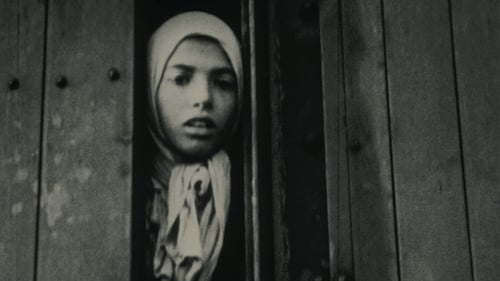
Filmmaker Alain Resnais documents the atrocities behind the walls of Hitler's concentration camps.
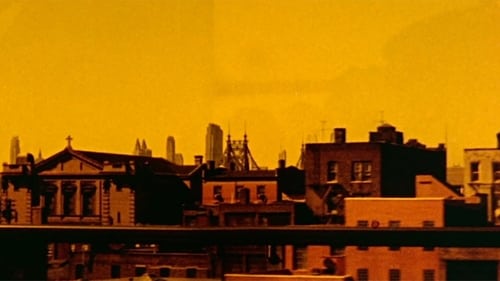
Set to a classic Duke Ellington recording "Daybreak Express", this is a five-minute short of the soon-to-be-demolished Third Avenue elevated subway station in New York City.
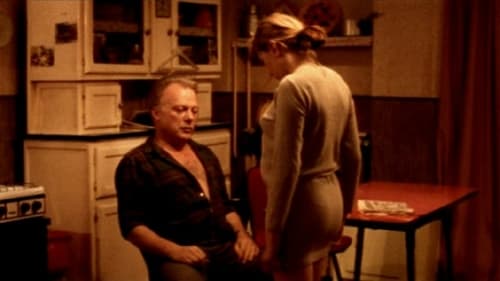
A butcher in Paris takes his revenge after his daughter is brutally attacked.

A young man journeys through a desert, where he is kidnapped by a sadistic stranger clad in a pig mask. The stranger proceeds to brutally torture the young man, who then finds himself escaping into his imagination, with fantasy and reality intersecting.

An exploration —manipulated and staged— of life in Las Hurdes, in the province of Cáceres, in Extremadura, Spain, as it was in 1932. Insalubrity, misery and lack of opportunities provoke the emigration of young people and the solitude of those who remain in the desolation of one of the poorest and least developed Spanish regions at that time. (Silent short, voiced in 1937 and 1996.)
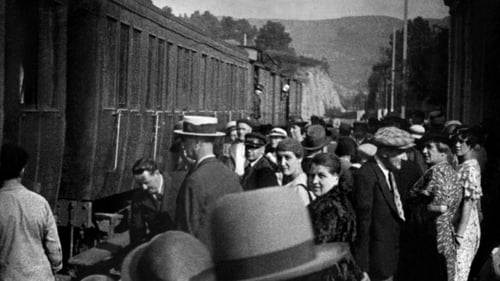
Likely in June 1897, a group of people are standing along the platform of a railway station in La Ciotat, waiting for a train. One is seen coming, at some distance, and eventually stops at the platform. Doors of the railway-cars open and attendants help passengers off and on. Popular legend has it that, when this film was shown, the first-night audience fled the café in terror, fearing being run over by the "approaching" train. This legend has since been identified as promotional embellishment, though there is evidence to suggest that people were astounded at the capabilities of the Lumières' cinématographe.
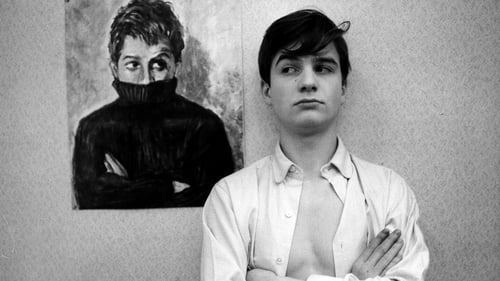
Now aged 17, Antoine Doinel works in a factory which makes records. At a music concert, he meets a girl his own age, Colette, and falls in love with her. Later, Antoine goes to extraordinary lengths to please his new girlfriend and her parents, but Colette still only regards him as a casual friend. First segment of “Love at Twenty” (1962).

The Greatest is Least is the story of how a man named Blastus tries to improve his standing with King Herod Agrippa by arranging a celebration with the neighboring lands of Tyre and Sidon. Blastus is shocked to find out Agrippa is already determined he must become the supreme ruler and has decided to invade these countries.
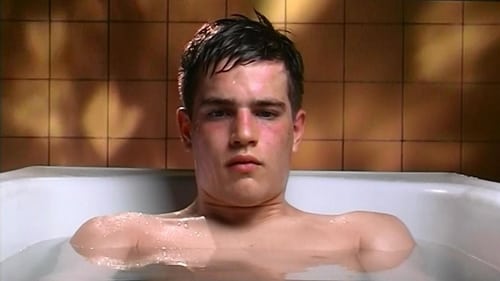
A teenager adores his sailor friend. He dreams about the exotic countries, marvellous starry skies and the inevitable homesickness that would bring his friend back to him. In a colourful series of mythical referential images, his fragile dreams get so unreal, that the enthusiasm for seeing his friend again turns into anxiousness.

When R2-D2 gets lost in space, Anakin Skywalker and his apprentice Ahsoka Tano set off on a mission to find their droid pal.

